Branding defined.
The origins of “branding” in the sense of making unique marks by burning, is a practice going back thousands of years. As we understand it today, the term has expanded beyond simply indicating ownership.
To start - what is a brand? what does it mean relative to today’s products or services and the marketing thereof?
David Ogilvy, the “Father of Advertising,” defined brand as “the intangible sum of a product’s attributes.”
I like the idea of starting out with - what brand is NOT.
Marty Neumeier, author and speaker on all things brand, defines brand by first by layout out what brand is not: “A brand is not a logo. A brand is not an identity. A brand is not a product.”
Then what is it?!
OK - so I would say that it is ‘the emotional perception a person has for a product or service. It is not a thing, it is a feeling.
The next question is - how does one get a person to ‘feel’ about a product or service enough to act on that feeling?
Answer - utilizing multiple components such as; a website, a social media presence, an advertisement which can take the form in print, an email blast, a TV/cable/movie commercial, a printed brochure, a bus-stop poster, a highway billboard, a series of illustrations, specified photographic characteristics used within the various marketing collateral, a logo (or corporate identification), a focused colour palette, a distinctive typeface copy/content choice/s, etc.
Stay with me …
So the brand identity is - the differentiating of your business from the rest of the competition by utilizing - logo, color palette, typography, and company messaging = voice and tone.
The final component is the brand guidelines - that is the system by which a company uses a system a designer creates so that the company does not have to guess which logo format they use, which size, which colour, and more importantly, what NOT to do.
Then we get to the logo and that is defined by - the point of entry to the brand! As it is the primary component, it takes on a very heavy weight of import and therefore should always be considered and well designed.
The trail from when "branding" was used as a technique to indicate ownership has significantly broadened specifically within the marketing industry, to encompass such concepts as; the brand’s personality, it’s logo, the brand’s colour palette, the imagery direction (whether it be photographic, illustrative or simply ‘graphic’), etc.
It takes experience and expertise to ensure that all of these components are integrated effectively.

